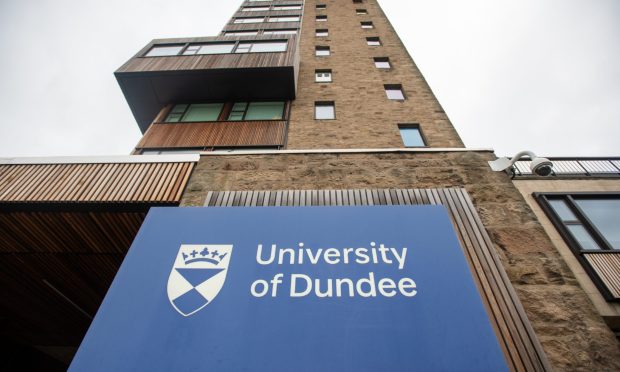Even if Labour’s extraordinary victory in Rutherglen and Hamilton West does not necessarily represent a turning point in Scottish politics, it at the very least shows the party there is a path back to power in Scotland.
Voters in the by-election, as elsewhere in Scotland, are clearly desperate for change and looking at the state of the SNP it is easy to see why.
Not only are the nationalists failing to deliver, they are also at each other’s throats, with Lisa Cameron’s dramatic defection to the Conservative Party merely the latest evidence of the deep-seated dysfunction currently ravaging Humza Yousaf’s party.
In contrast, Labour is a picture of serene unity and refreshing change after 16 years of increasingly purposeless SNP rule.
It was for such reasons that voters flocked back to the party in Rutherglen and Hamilton West, but – while such a blunt tool may work at a by-election – the challenge for Labour now is to define and own change so it can win at next year’s General Election and finally return to power at Holyrood in 2026.
The easiest way for Scottish Labour to be the party of change is – as Sir Keir Starmer has proved – to change itself.
That means changing its vision, changing its policies and, perhaps most controversially, changing its people too.
What President George H.W. Bush called “the vision thing” is perhaps the easiest aspect for Scottish Labour to change.
After a decade or more of ineffective and occasionally actively damaging SNP and Conservative rule, voters are looking for an alternative.
Merely offering change is, however, insufficient and inappropriate.
Change, after all, is not inherently good and can quite often be bad. The Russian Revolution was, for instance, a dramatic change, but few would argue a good one.
Labour’s vision for Scotland should instead be one of progress, which is change in the right direction.
Metaphorically, it suggests Labour is moving the country on from the divisive independence debates of the last decade.
Literally, it suggests Labour is going to improve our failing public services, stagnant economy and generally bleak outlook.
Most importantly, a vision of progress is inherently ambitious, but also inherently realistic. It offers voters hope but also does not treat them as gullible fools.
‘Necessary to challenge status quo’
With a changed vision, Scottish Labour then needs changed policies to underpin it.
This does not need to be – indeed, should not be – a fully-fledged prospectus but rather two or three policies that show how Scottish Labour is going to progress beyond the existing way of doing things. Fortunately, two men who have been there and done it – Tony Blair and Gordon Brown – have already provided some useful suggestions.
Research by Blair’s think tank, for instance, suggests the Scottish public strongly support reform, over more money, for the NHS.
Meanwhile, research by Brown’s think tank suggests a majority of people in Scotland would support means-tested prescription charges.
These are two, oven-ready suggestions that would allow Labour to demonstrate how it will challenge the prevailing wisdom and deliver progress, even in strained economic circumstances.
There would, of course, be both internal and external opposition to such a move.
Given its trade union links, Labour – as much, if not more than, the Conservatives – is beset with vested interests who often strongly oppose the party’s plans to reform public services for the better.
But – as Blair and Brown well know – if you are to position yourself as a change candidate, it is actually necessary to challenge the status quo.
Finally, Scottish Labour must also look to change its people.
While Anas Sarwar is a popular leader and natural communicator, the wider party has been gutted of talent over the last decade.
There are now, at a push, barely half a dozen MSPs in the Scottish Labour group who look and sound like credible ministers.
That must change if the party is going to be a plausible government in waiting ahead of the 2026 election.
But there is also a further point here.
Unlike in UK Labour, there has been no reckoning in Scotland with the hard left who, in the 2019 General Election, led Scottish Labour to its worst result in more than 100 years.
Instead, this gaping wound has been left to fester and, without urgent surgery, may well become gangrenous.
By taking on the hard left, Sarwar can not only future proof the party, but provide real and tangible evidence that Scottish Labour has changed itself in order to change the country.
None of this is without risk and, with the SNP in such a dire state of affairs, there will be a strong temptation to do nothing and hope voters continue to back Labour for want of a better alternative.
But that is a dangerous and complacent strategy. Rutherglen and Hamilton West has shown Scottish Labour the path back to power – it now needs to take it.













Conversation